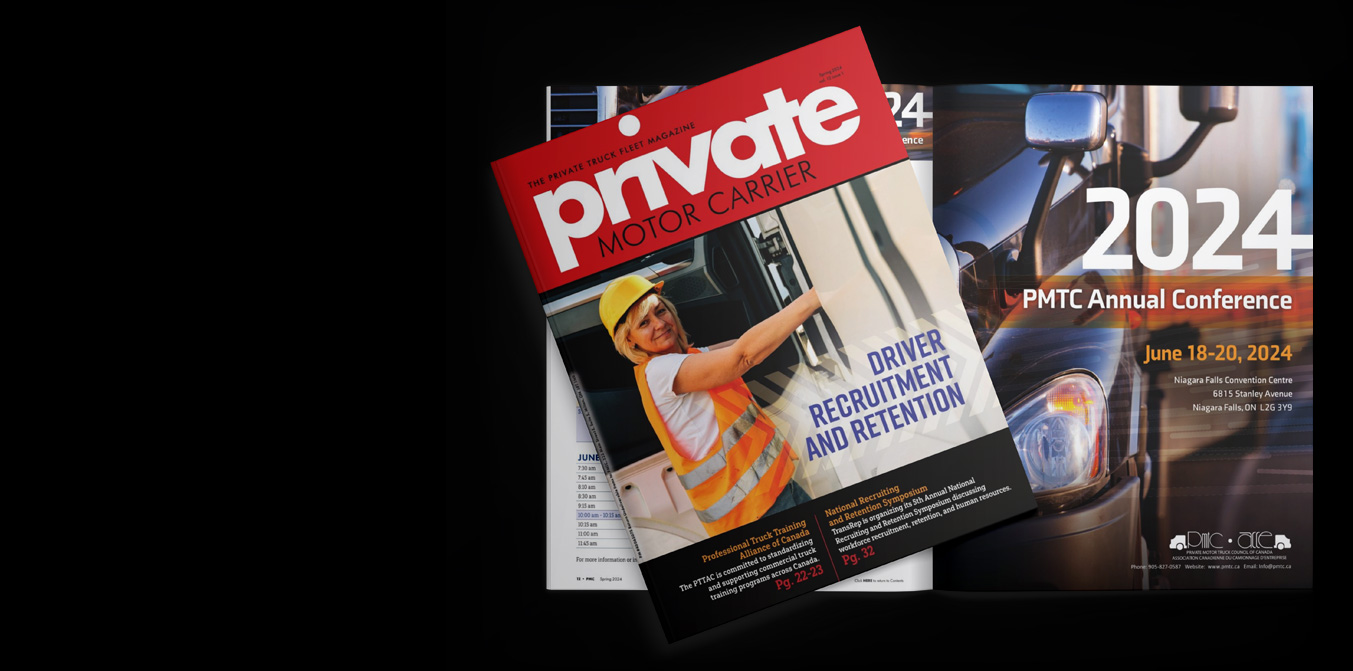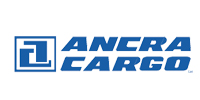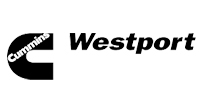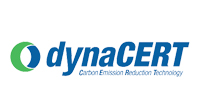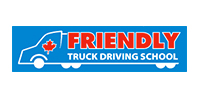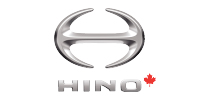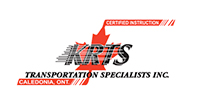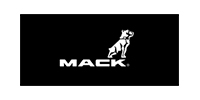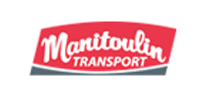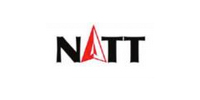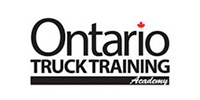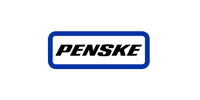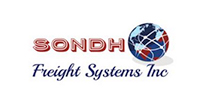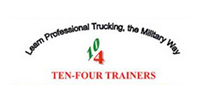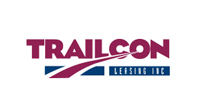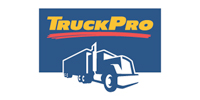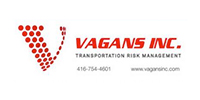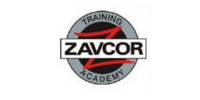Better oils are coming in 2017, but prepare to use more than one formula
By John G. Smith
Choosing the best engine oil for your fleet is no small matter. Every bottle of the liquefied technology is expected to create the perfect protective layer between moving surfaces such as cam lobes and lifters, and crankshafts and bearings. It cleans unwanted deposits and suspends otherwise damaging particles until they can be captured by filters. The detergents offset combustion-created acids which cause
oxidation. Dispersants remove soot and sludge. Anti-oxidants help the formulas last between oil changes.
But when the next category of oil is unveiled in 2017, there will also be a particular focus on the oil’s role in fuel economy – and that’s when choices will become a little more complicated.
Easy-flowing formulas will help equipment manufacturers meet the government standards that are looking to lower Greenhouse Gas (GHG) emissions. The only way to do this is to burn less fuel, and that’s where oil viscosity can play a role. But there will actually be two versions of this oil which currently goes by the interim name of Proposed Category 11 (PC-11). One is designed to meet the needs of a new generation of engines, and there’s another for equipment that was manufactured to meet emission standards in place today or earlier.
“It’s going to be very important for a company to know the difference,” says Stede Granger, OEM technical manager for Shell Lubricants, which recently unveiled an educational website at www.WhatisPC11.com.
Each version of the oil will still improve upon the offerings available today.
“For now, let’s refer to the categories as PC-11A and PC-11B. [The] PC-11A oils will provide performance benefits far exceeding today’s CJ-4 engine oils including improved oxidation stability, shear stability, and oil aeration to enhance engine performance and durability, while still retaining backwards compatibility,” says Stephanie Jaworski, senior field technical advisor with Imperial Oil.
“PC-11A oils will be available in XXW-40 and XXW-30 viscosity grades and will be suitable for older, on-highway engines.”
Then there is the proverbial player to be named later. The PC-11B oils will have a lower High-Temperature-High-Shear viscosity, which will help to meet targets for better fuel economy.
The concept of low-viscosity oil is not entirely new. Many of today’s newly manufactured engines come with easy flowing fluids in their sumps. Fleets have also found them to be helpful when starting engines in cold weather. But when used in the wrong engines, low viscosities lead to the ring and liner scuffing that can cause cracks and coolant leaks.
Purchasing departments, maintenance teams and drivers will be able to identify the different formulas by looking for information listed on the API Service Symbol also known as the “donut”. If this round label identifies the oil as “CK-4”, it will be backwards compatible and can protect today’s engines. The other yet-to-be determined designation will identify the oil for GHG-reducing engines.
“Part of the confusion is that our customers have really keyed in on viscosity in the past to determine the right oil to use in their trucks. A 1540 is pretty much a viscosity grade reserved for heavy duty engine oil,” Granger says. Now fleets might need to consider two different versions of a 10W30. “It’s going to be very important for customers to know the difference in what those letters mean on the technical data sheet and on the bottle.
“The latest [labeling system] they’re working on has two different API specifications, so the PC11A might be called something like API CK4, and the PC11B oil would be called something like API FA4,” he says. (The F refers to fuelefficiency, and the A refers to the first generation of such oils.)
This is not the first time fleets have needed to choose between oil categories.
When today’s CJ-4 oils were first introduced, an interim formula known as CI-4 Plus was still available as the industry moved toward Diesel Particulate Filters and Ultra Low Sulfur Diesel. It protected against the soot-related viscosity changes that were plaguing engines designed to meet emission standards of the day.
But today’s CJ-4 oil category was more than “boosting” performance, stresses Jaworski. It involved a “complete rebalance” to offset higher Exhaust Gas Recirculation rates and the heat stresses which came along for the ride. The formulas that emerged offered better protection against oxidation, thermal degradation, and wear.
Fleet choices will not be limited to oil categories alone, either. Formulas are also expected to pass manufacturer- specific standards. Detroit Diesel’s 93D218 specification, for example, focuses on factors such as ring wear and the cleanliness of pistons and turbochargers, says Granger. Recently, this specification expanded to include lower-viscosity 5W30 and 10W30 oils. “Some of these products might have to be synthetic or semi-synthetic.”
The good news is that equipment does not need to be sacrificed on the mantle of low-viscosity oils. In one recent test, Shell even ran a 13-litre engine on 0W20 oil for 1,000 hours under full power, and no unique challenges emerged. “We wanted to fully determine that there was no edge, there was no cliff we were going to fall off,” Granger says.
A fleet’s oil-related decisions still become more complex if there are plans to push beyond recommended oil drain intervals. “If there was a desire to go to a more-extended drain, we would only recommend they do that with oil analysis and possible working with the OEM as well,” Granger says. “Interpretation of that data will really determine if extended drain were possible and not causing any harm to the engine.”
Fleets should consider everything from duty cycles to drain intervals when choosing engine oil, Jaworski says. “Longer drain intervals will age the oil further, increasing the stress imposed to the entire system, including the oil, oil filter and engine.”
And the cost of an analysis will always be cheaper than rebuilding an engine because of problems that were caused by unacceptably high levels of wear metals.
Of course, the oil producers will not be tackling challenges on their own. Engine manufacturers are already planning to enhance piston rings, skirts and liners in the next generation of equipment, and some engineers have mused about increasing the outputs of oil pumps to maintain pressures during lower idling. Filters might need to improve too, helping to capture the contaminants that would otherwise scrape against metal surfaces because of the low-viscosity oils.
There are certainly plenty of points to consider before anything is poured.


